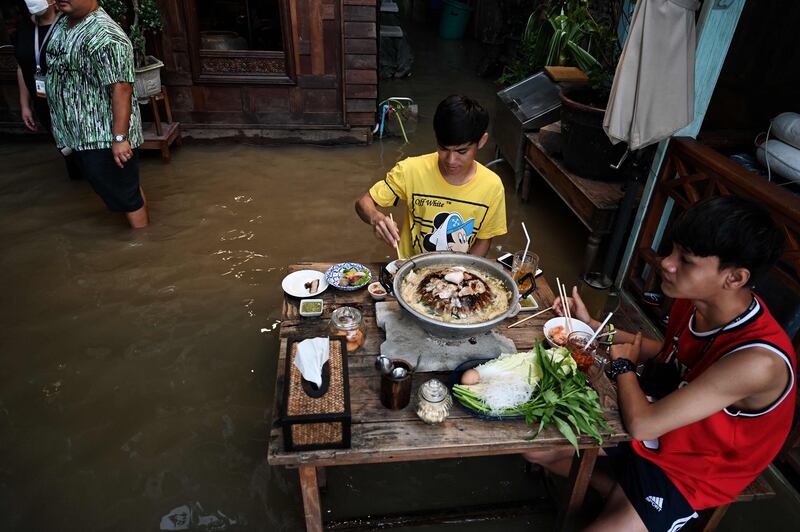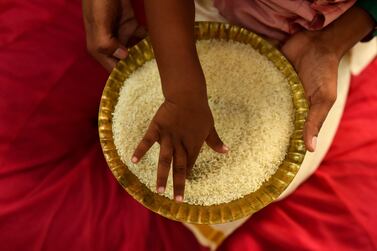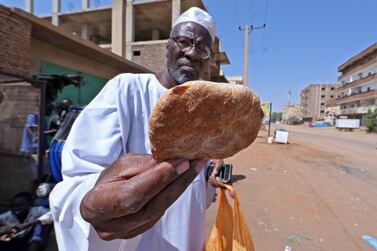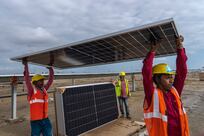When the UN Secretary General Antonio Guterres called for a Food Systems Summit two years ago, the ambition was to start a "decade of action" by recognising that several global challenges come back to food systems.
Then the Covid-19 pandemic happened. Food systems, which are the connections between how we produce food, distribute it and how we consume and dispose of it, fell under the spotlight.
The summit in New York last month marked a checkpoint for progress not only towards the UN’s 2030 Agenda for Sustainable Development, but also towards an entire food systems transformation. The pandemic put out of reach access to food and healthy diets for an additional 141 million people, and pushed up to 124 million people into poverty.
The summit in September represented an 18-month effort to increase dialogue and take more action. But the hard work is only just beginning, and it is vital that all of us keep our eyes on the prize of food systems that deliver for people, planet and prosperity.
In the first instance, countries must continue to unite and prioritise food systems in all international summits and negotiations in the coming months and years.
Across the more than 900 so-called independent dialogues and 600 member state dialogues that the summit inspired, a common theme emerged: healthy food systems are inextricably linked to healthy environments. This was the message from indigenous peoples, climate-vulnerable countries and island states such as Fiji and Barbados.
Food systems must continue to play a defining role in next month's Cop26 climate talks, which is unlikely to achieve its aims without more sustainable, inclusive and resilient food systems.
Second, governments must refine and enact the pathways they announced at the summit to transform their food systems with clear targets and deadlines.
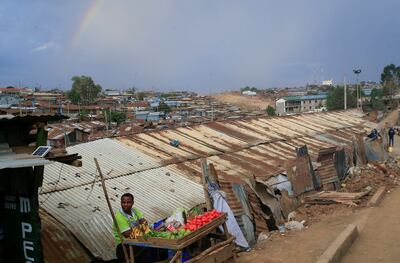
More than 160 countries set out their commitments to improve food and nutrition security, climate action and equality through food systems, but this must now be translated into policy and action.
For countries such as the US, for instance, which pledged $10 billion to tackle hunger and malnutrition at home and abroad, this means making use of the best available science to guide investment decisions and strategies for delivering on its commitments.
Finally, countries should collaborate and engage on areas of mutual interest with neighbours and allies to support progress in the interests of people everywhere.
The Food Systems Summit helped launch several coalitions, including those supporting indigenous peoples’ food systems, universal school meals, family farming and climate resilient development pathways. These must now draw upon and complement commitments made by member states, civil society, indigenous peoples, farmers, youth, and other constituencies to encourage change and hold one another to account.
Notwithstanding the various commitments, pathways and strategies, it is up to countries to deliver tangible progress on the pledges they have made. We know from the summit that people are ready to play their part.
The UN is committed to co-ordinate and support countries, and track progress with a review mechanism every two years to ensure the world delivers the dream of a healthier, more sustainable food system of the future.
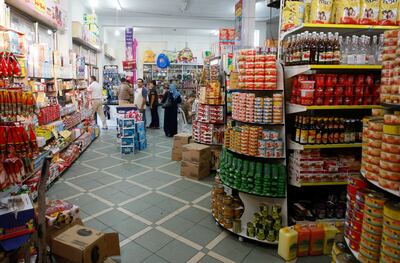
In just two years and against the odds, we have moved to a paradigm of food systems thinking. The Food Systems Summit has given rise not only to a new approach to food but also led to the hope that a food revolution in the next 10 years may be possible. It would help deliver on the world's shared goals – from more nutritious diets to cleaner air and water and greater equality.
We have learnt that people around the world are ready for this and are willing to mobilise. To this end, we have together set off on the right track with great momentum.
A better future for this generation, the next and those to come is within reach if the world seizes the opportunity and transforms food systems for the better. The summit was just the appetiser.
Dr Agnes Kalibata is special envoy of the UN Secretary General for the UN Food Systems Summit
